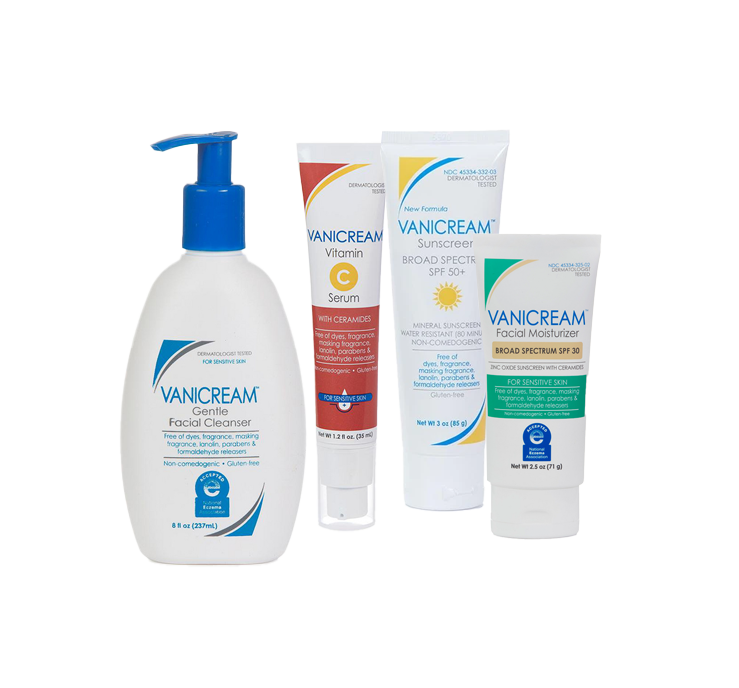Most patients who are allergic to cats are aware of symptoms on entering a house with a cat or if they touch their face after contact with an animal.
Purification of the main cat allergen Fel d 1 from cat washings or pelt extract is difficult, partly because it is expensive to keep a large number of cats. The details of the structure of this allergen were not known until mAbs made it possible to obtain the N-terminal sequence and then to clone and sequence the molecule. At one point it seemed likely that Fel d1 was a salivary protein, and that it accumulated on the fur in part because cats licked themselves. However, when cats were restrained from licking themselves, Fel d 1 still accumulated on shaved skin, and it became clear that the primary site of synthesis of this allergen was in the skin.
On crossed radioimmunoelectrophoresis (CRIE) or on Western blotting, other proteins produced by cats can be shown to be allergens for some patients. However, only two of these have been purified and characterized, cat albumin (Fel d 2) and a cystatin (Fel d 3), and both are less important than Fel d 1. Thus, sensitization to the other allergens is only found in a minority of cat-allergic patients.
Cat extracts are manufactured either from washings or from pelt. Pelt extracts are thought to be less representative of natural exposure because they contain a large relative concentration of serum proteins (e.g., albumin). Because washing cats is used as a method of making commercial cat extracts, this procedure can remove allergens from the cat. When cats are washed repeatedly, the allergen recovered decreases progressively. This observation lead to the investigation of washing as a method of controlling exposure. Additional studies showed that cat allergen can be removed from a cat by washing, and that the animal will subsequently release less allergen. 10 However, this effect does not last for long, less than 1 week. Washing of cats or dogs needs to be repeated frequently to be effective. 11
References:
Løwenstein H, Lind P, Weeke B: Identification and clinical significance of allergenic molecules of cat origin, Allergy 40:430, 1985
Chapman MD, Aalberse RC, Brown MJ, et al: Monoclonal antibodies to the major feline allergen Fel d I. II. Single step affinity purification of Fel d I, N-terminal sequence analysis, and development of a sensitive two-site immunoassay to assess Fel d I exposure, J Immunol 140:812, 1988.
Woodfolk JA, Luczynska CM, de Blay F, et al: Cat allergy, Ann Allergy 69:273, 1992.
Charpin C, Mata P, Charpin D, et al: Fel d I allergen distribution in cat fur and skin, J Allergy Clin Immunol 88:77, 1991.
Wang SZ, Rosenberger CL, Espindola TM, et al: CCSP modulates airway dysfunction and host responses in an ova-challenged mouse model, Am J Physiol Lung Cell Mol Physiol 281:L1303, 2001.
Ichikawa K, Vailes LD, Pomes A, et al: Molecular cloning, expression and modelling of cat allergen, cystatin (Fel d 3), a cysteine protease inhibitor, Clin Exp Allergy 31:1279, 2001.
Ichikawa K, Iwasaki E, Baba M, et al: High prevalence of sensitization to cat allergen among Japanese children with asthma, living without cats, Clin Exp Allergy 29:754, 1999.
Ohman JL, Baer H, Anderson MC, et al: Surface washes of living cats: an improved method of obtaining clinically relevant allergen, J Allergy Clin Immunol 72:288, 1983.
Glinert R, Wilson P, Wedner HJ: Fel d I is markedly reduced following sequential washing of cats, J Allergy Clin Immunol 85:225, 1990
De Blay F, Chapman MD, Platts-Mills TA: Airborne cat allergen (Fel d I): environmental control with the cat in situ, Am Rev Respir Dis 143:1334, 1991.
Avner DB, Perzanowski MS, Platts-Mills TA, et al: Evaluation of different techniques for washing cats: quantitation of allergen removed from the cat and the effect on airborne Fel d 1, J Allergy Clin Immunol 100:307, 1997.
Klucka CV, Ownby DR, Green J, et al: Cat shedding of Fel d 1 is not reduced by washings, Allerpet-C spray, or acepromazine, J Allergy Clin Immunol 95:1164, 1995.
Green R, Simpson A, Custovic A, et al: The effect of air filtration on airborne dog allergens, Allergy 54:484, 1999.

